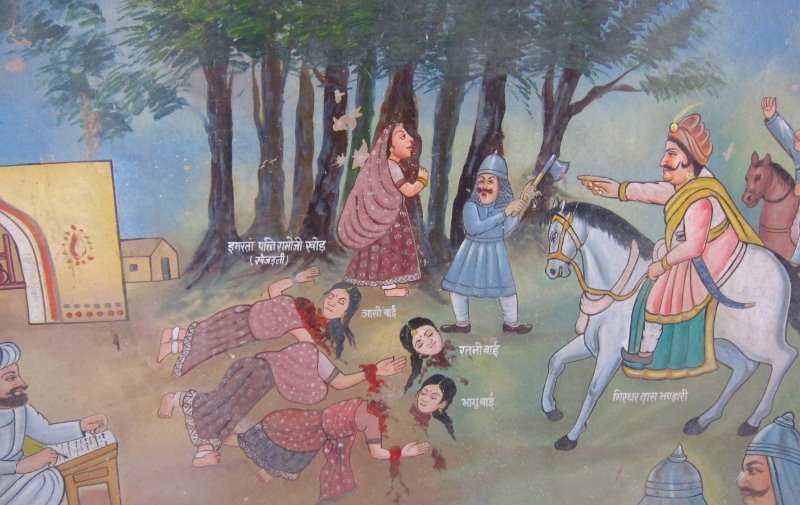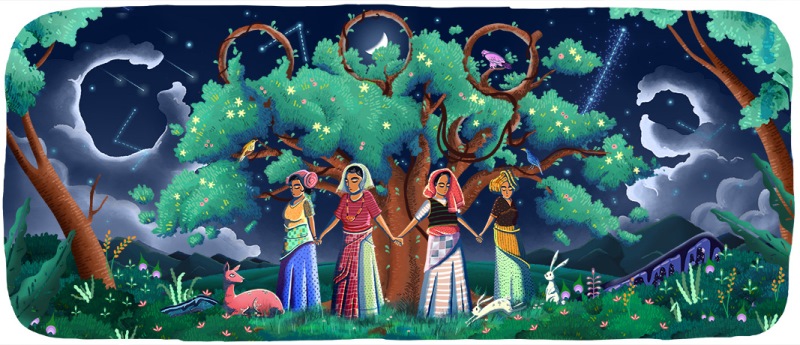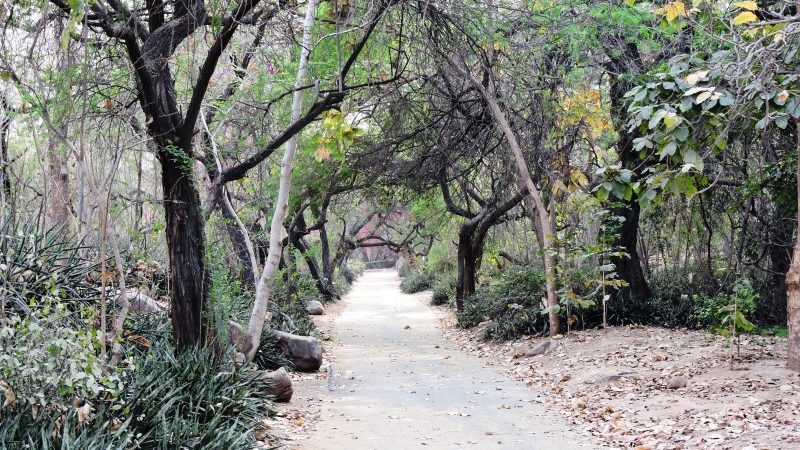Two Environmental Movements, One Theme, Supreme Sacrifice for Nature

The Indian sub-continent is rich with environmental movements aimed at protecting Nature and natural resources. Planet Earth enjoys the status of Dharti Maa (Mother Earth) in India and deep-down most Indians can find a deep, spiritual connect with the Environment. Such a feeling arises from the rich history and eco-philosophy that places human beings as part of Nature and not separate from it. This article shares two such environmental movements, more than 250 years apart, that echos the source of deep-rooted connect Indians have with Environment and Biodiversity.
Bishnois and the Bishnoi Movement
The Bishnois are a non-violent community of Nature worshipers found predominantly in Western India. Bishnoi folk can be found in parts of the Rajasthan and Haryana and also in some others parts of India. Bishnois are considered as one of the first environmentalist of contemporary India. Let us find out what is so special about the Bishnoi people!
Bishnoism was founded in 1485 by Guru Jambheshwar. He announced a set of 29 tenet, from which the word Bishnoi is derived. Bish means twenty and Noi means nine. Out of these 29 tenets, 6 tenets focus primarily on protecting and preserving Nature. Two most profound ones are:
- Jeev Daya Pallani: Be passionate to all living beings.
- Runkh Lila Nahi Ghave: Do not cut green trees.
Bishnois are, without doubt, the first organised proponents of eco-conservation, wildlife protection and green living. The history of Bishnois is laden with love, care and even sacrifice for the environment and biodiversity. Who can forget the supreme sacrifice made by Amrita Devi Bishnoi, which is echoed in the many Bishnoi households as a reminder of the importance of protecting environment and biodiversity at any cost.
The Supreme Sacrifice of Amrita Devi Bishnoi
On a certain date in 1730 A.D., Amrita Devi a Bishnoi came to know that a party of men had come to cut trees around her village. They men were sent by Maharaja Abhay Singh, the then Ruler of the Kingdom of Jodhpur. He wanted to fell green Khejri trees to burn lime for construction of a new Palace. The King had ordered his men to get the wood by cutting the Khejri trees.
Amrita Devi urged the kings men to not cut the trees. When all her pleas fell on deaf ears, since the men were under the order of the King, Amrita Devi Bishnoi embraced the trees to save them. She also encouraged others Bishnois to do the same after proclaiming, Sir santhe rooke rahe, to bhi sasto jaan (If a tree is saved even at the cost of one’s head, it’s worth it).
As each villagers embraced a tree, refusing to let go, they were beheaded by the soldiers. This voluntary martyrdom continued until many Bishnoi villagers were killed for protecting their sacred Khejrali forest. Once word got back to the King about this activity, he rushed to the village and apologized. Soon afterwards, he degignated the Bishnoi state as a protected area, forbidding harm to trees and animals. This legislation exists even till the present day in this region.
This supreme sacrifice led by Amrita Devi Bishnoi motivated the Government of India to announce an Amrita Devi Bishnoi Smrithi Paryavaran Award for those who have or are contributing towards environmental protection and biodiversity conservation.
Bishnois of Rajasthan and the Chipko Andolan of Uttarakhand
Ecological understanding and the spirit of sacrifice is a central philosophy of all cultures and people in the Indian sub-continent. It is no wonder then that what was exhibited by Amrita Devi Bishnoi has been repeated many times over in different forms at different places in the sub-continent. One such movement, that is very similar to the legendary contribution is the Chipko Andolan that began in the 1970s in the Garhwal Himalayas in the present state of Uttarakhand.
Chipko is a Hindi word means to hug or embrace. The Chipko movement started in early 1970 in the Garhwal Himalays of the then state of Uttar Pradesh (now separated as Uttarakhand). The landmark event took place on 26 March, 1974 when a group of the peasant women of Raini village in Chamoli district of Uttarakhand acted to prevent the cutting of trees and reclaim their traditional forest rights. Here too, the movement was led by a woman by the name of Gaura Devi.
The Chipko Movement which was also a livelihood movement, created a precedent for non-violent protest for environmental protection. This movement was immediately noticed worldwide and inspired and helped many eco-groups to slow down the rapid pace of deforestation. It also helped in enhancing ecological awareness and demonstrated the viability of people power.
A quarter century later, in an article in India Today titled 100 People Who Shaped India, the Chipko Andolan finds prominent mention as the people behind the Forest Satyagraha. While a few authors believe that the Chipko andolan may have derived its name from the sacrificial protest led by Amrita Devi Bishnoi for Khejrali forest, not all agree to this. On June 18, 1989 in a meeting, Chipko leader Chandi Prasad Bhatt categorically denied any such link and clarified that Chipko movement had its independent and spontaneous birth in Uttarakhand.

On March 26, 2004, Raini, Laata and other villages associated directly with Chipko Andolan celebrated 30th anniversary of the Chipko andolan, where all the surviving original participants united. The celebrations started at Laata, the ancestral home of Gaura Devi, one of the leaders of Chipko movement. On 26 March 2018, Google celebrated the 45th anniversary of the Chipko Andolan with a Doodle.
Top image by FF via Flickr.




One thought on “Two Environmental Movements, One Theme, Supreme Sacrifice for Nature”